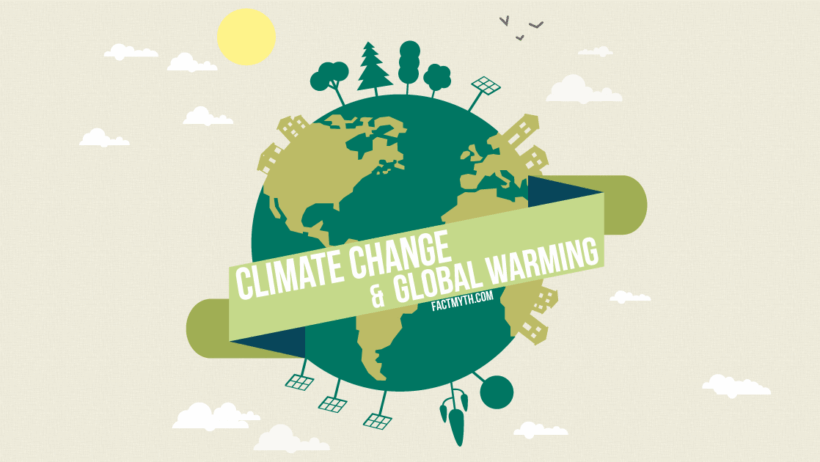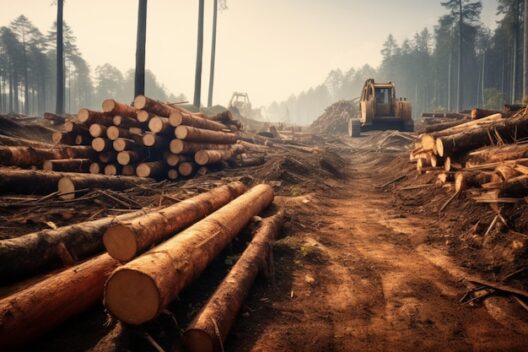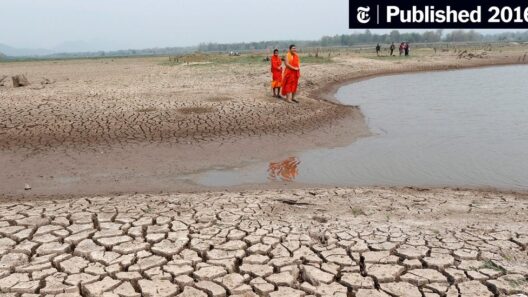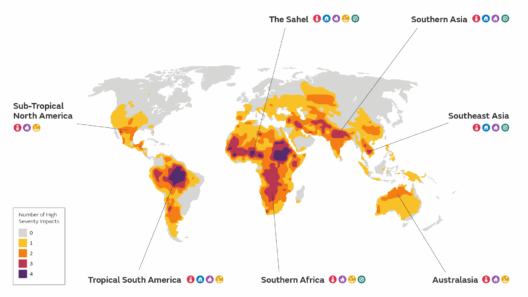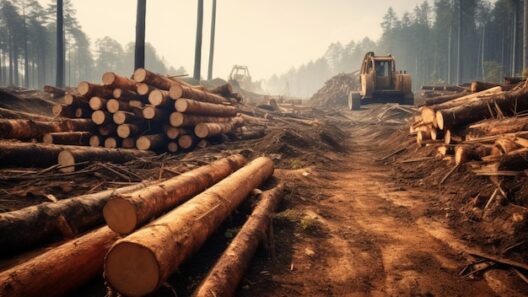Human-induced climate change: is it different from global warming? This playful inquiry invites rigorous examination. While these terms are often treated interchangeably, they embody distinct nuances that are essential for a comprehensive understanding of our planet’s ecological predicament. Engaging with this complexity is imperative because it sharpens our awareness of the myriad forces at work and the consequent implications for our environment and society.
At its core, global warming refers specifically to the average increase in temperature of Earth’s atmosphere and oceans. This phenomenon is largely attributed to the accumulation of greenhouse gases, such as carbon dioxide and methane, which enhance the greenhouse effect. This effect occurs when solar radiation is trapped in the Earth’s atmosphere, leading to a gradual rise in temperatures globally. Historically, these temperature increases have correlated with the rise of industrialization, where fossil fuel consumption became rampant, generating copious amounts of carbon emissions.
In contrast, climate change encompasses a broader spectrum of alterations in climatic conditions. Beyond mere temperature fluctuations, climate change includes variations in precipitation patterns, increases in the frequency and severity of extreme weather events, and shifts in ecosystems and wildlife habitats. These multifaceted changes highlight how human activities—forestry, agriculture, industrial practices—exacerbate environmental stresses that extend beyond temperature alterations alone.
So, what makes anthropogenic climate change distinct from the more commonly referenced global warming? The crux lies in the definition: while global warming denotes temperature rises attributable to greenhouse gas emissions, human-induced climate change encapsulates an entire ecosystem’s response to these alterations. It reflects the interplay between atmospheric changes and terrestrial responses, such as species migration, desertification, and rising sea levels. The challenge, therefore, is to recognize that these phenomena are intricately interconnected, and understanding them as separate impacts may lead to complacency in addressing their cumulative consequences.
The origins of climate change can be traced back to the Industrial Revolution, when human industriousness began altering natural processes at an unprecedented scale. The onset of mass production led to increased emissions, deforestation, and changes in land use. This historical perspective emphasizes that human impact is not merely incidental but rather a defining feature of the present ecological crisis. The classic dichotomy between natural variability and anthropogenic influence becomes particularly salient when addressing the serious implications of unchecked emissions.
Climate variability and human impact form a feedback loop that complicates our understanding of environmental changes. For instance, as temperatures rise, ice caps melt, resulting in higher sea levels. This alteration creates an environment where more extreme weather events can occur, perpetuating a cycle of climatic turmoil. Herein lies the challenge: how do we disentangle the intricate web of natural and human-driven changes? Solutions must address the interconnected nature of global warming and climate change, recognizing that interventions in one area will inevitably influence others.
Delving further, one should consider the ramifications of climate change on biodiversity. As ecosystems fluctuate, species that cannot adapt quickly enough face the harrowing prospect of extinction. Coral reefs, often referred to as the ‘rainforests of the sea,’ exemplify this reality. Rising ocean temperatures and acidity levels erode their delicate structures, threatening marine life that relies on these habitats. The encroachment of invasive species, another facet of human-induced climate change, can disrupt local ecosystems further, showcasing that inaction is not an option.
Furthermore, human-induced climate change is profoundly linked to social justice. Those least responsible for carbon emissions—often marginalized communities—bear the heaviest burdens when climate disasters strike. Droughts, floods, and hurricanes disproportionately affect these populations, exacerbating pre-existing inequalities. This dynamic raises a moral imperative to consider equity in climate change discussions and policy-making efforts. The question then becomes: how do we forge solutions that are both environmentally and socially equitable?
In recent years, there has been a notable shift towards renewable energy, highlighting the potential for remediation. Transitioning to sustainable practices, such as solar and wind energy, can significantly mitigate the impacts of greenhouse gas emissions. However, this shift isn’t merely a technological fix; it requires systemic change at every societal level—political, economic, and cultural. The complexity of these transformations poses its own challenge: how can we cultivate a collective will to enact the necessary changes while simultaneously addressing ingrained habits and industries that resist evolution?
Engagement and education are vital tools in fostering an informed public. Knowledge about the distinction between global warming and human-induced climate change can galvanize greater action. A more nuanced understanding equips individuals with the insight needed to challenge misconceptions and advocate for effective policies. Thus, it is imperative to inspire audiences to consider their role within this broader context and mobilize them toward sustainable practices.
In summation, the relationship between human-induced climate change and global warming is complex. Despite their interconnectedness, recognizing their differences is essential for developing effective strategies to address our changing climate. A crucial challenge ahead lies in galvanizing collective action across various societal spheres to ensure a sustainable future. Acknowledge the changes, confront the challenges, and embrace the solutions—these imperatives resonate in the realms of environmental activism and beyond. Ultimately, the quest for clarity invites us to reflect on our responsibility to the planet and each other, as we navigate the turbulent waters of this existential crisis.



